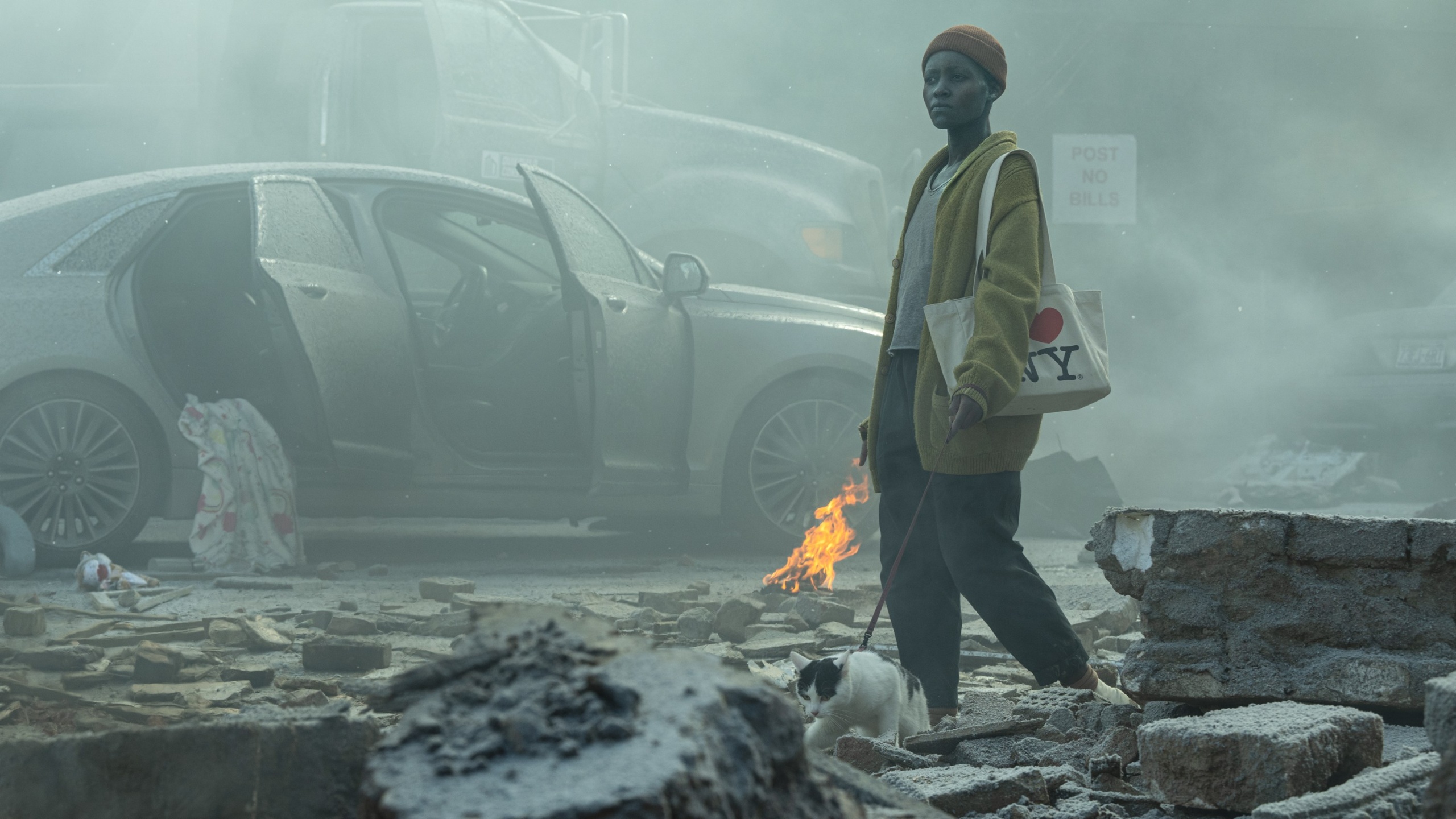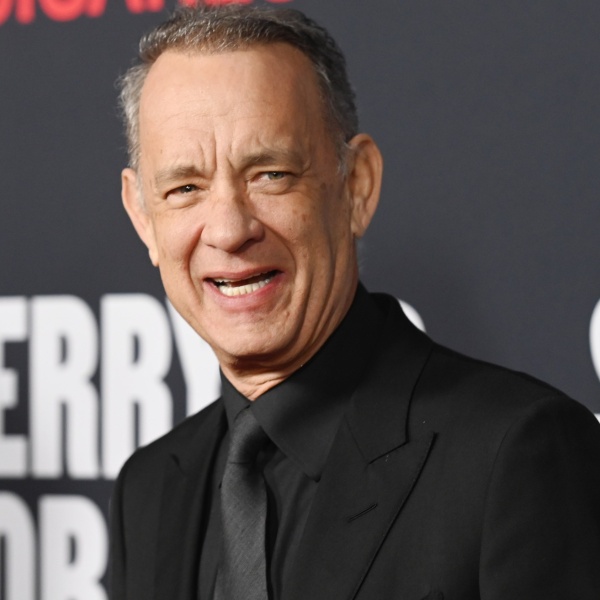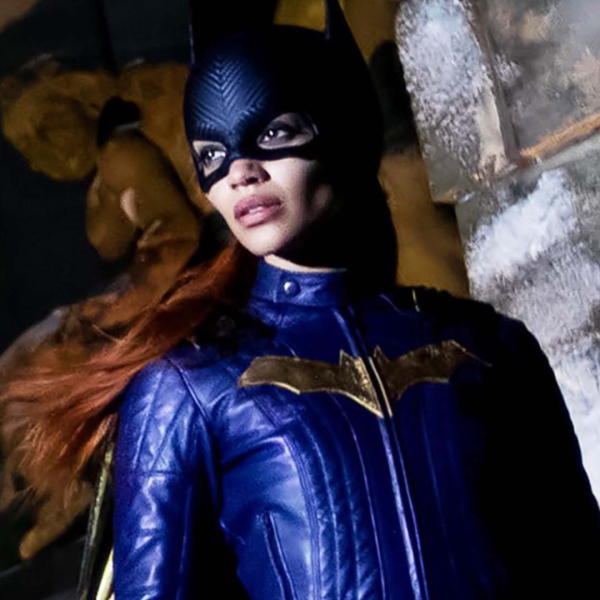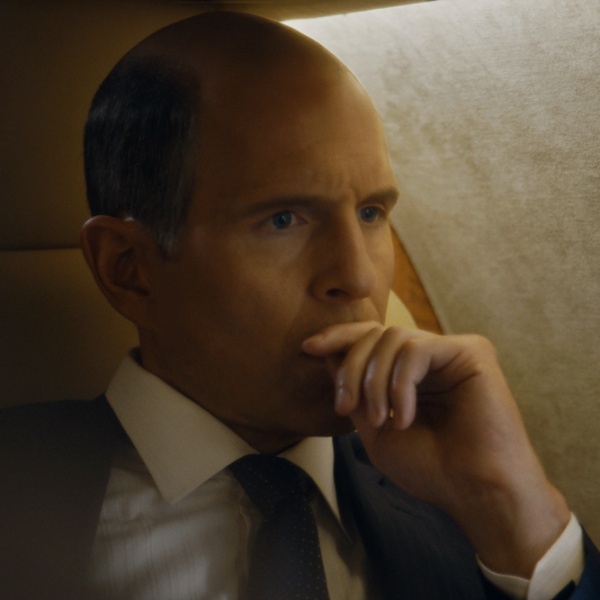The very first thing that supervising sound editor/re-recording mixer LeeSalevan designed for Michael Sarnoski’s “A Quiet Place: Day One” was the opening title card high above the New York City skyline informing us that 90 decibels are the equivalent of “the sound of a constant scream.”
That became the baseline for the chaotic sounds that accompany the alien invasion of Manhattan in this prequel to John Krasinski’s blockbuster horror franchise. Sarnoski’s (“Pig”) conceit was simple: Sam (Lupita Nyong’o) is determined to grab the last slice of pizza in the city, joined by her adorable cat and Eric (Joseph Quinn), a shell-shocked law student from Kent.
“I absolutely adore the city,” Salevan, who lives in Brooklyn, told IndieWire. “And so it was super fun to destroy it at the same time we’re trying to make a love letter. And there are a lot of times that we were able to use sound design to push the emotional moments, the scary moments, to just go with this world.”
For Salevan, it was an opportunity to do more than just go out on the streets and record some of his favorite loud sounds in Chinatown, where the meteors crash and the alien attacks begin at the speed of sound. As everything suddenly goes silent around the disoriented Sam, everyday sounds like dripping water and creaking chainlink fences are suddenly amplified.

“Michael and I had a very fun time with the idea of brick dust, as we called it,” added Salevan. “Which is any time there’s a loud creature footstep or an explosion or the rumbling of the stampede, we create the sound of fine debris. And we made space in the mix for that to give weight to the low end, like a boomy thud. But it’s how that thud is reacting with its environment that gives it an extra layer and makes it feel more real and alive.”
Production sound mixer Ed Novick (an Oscar winner for “Inception”) said their task was to sell how disoriented Sam was after the meteors hit while setting up new rules for the world. The first was avoiding the high-pitched ringing followed by complete silence. “We have layers of that,” he told IndieWire, “but we also were filtering footsteps and her breath and trying to keep you with her. But then she starts to see the world and figure it out. When she hits the street, there’s all the wind, there’s all the debris, you can hear distant panic.”
There are three attacks by the creatures in that initial sequence, and each grows more violent (an ambulance gets taken out and explodes in the last one). “We use hard cuts a lot in this movie, from really loud to very quiet, and I think it’s super effective,” said Salevan. “And that was the one time, though, that we got to cut to total silence.”
In the previous two films, the aliens were mostly seen individually or in small groups, but here, they roam Manhattan in a pack and make more complex sounds. The signature clicks were made by firing tasers at grapes, celery, green peppers, and aluminum for metallic noises.

“The other thing that we tried to establish is that there’s some different sizes, too,” Salevan added. “In the construction site, we have the big matriarch, and that’s the one time you see them communicating with each other. She makes a call, and they come and eat. There’s a handful of different calls going in, and some specifically are big birds and a sound I made by taking a cactus and a violin bow and dragging it across to give a real nasty screech. Then I performed a lot by plugging in the microphone and having the mic and my breath trigger different samples, whether it was cats, dogs, elephants, birds, cactus stuff [even a pig].”
One of the major set pieces has Sam, Frodo, and Eric navigating a flooded subway. “That’s what this franchise does so well and why it’s so fun to play in it,” Salevan said. “It’s like you’re allowed to make it the quietest theatrical mix there is with these little moments that just poke out and make everything feel way more tense. We have shots of feet and play with footsteps a little bit louder in those moments. And there’s a rat I call the zombie rat, just licking up some blood.
“But then, when we get to the flood, for Michael and me, it was all about dynamically pushing the action by the time they’re being chased,” Salevan continued. “And we really used water as a villain and making it violent and thrashy. That was our kind of high frequency on the screen. And when we’re with the creature, it’s big metal piercing as its talons go through. And then it was also fun to take the creature underwater and get to drown one of these things. I used some human sounds in there to help with the actual gurgling.”
Overall, there are four creature stampedes, including the lobby of a puppet theater in Chinatown, where we first glimpse them, and the FDR Highway, where we’re put in the middle of the stampede. “We talked a lot about feeling the rumble to understand the weight of how many there are,” Salevan said. “We wanted to give as much specificity to the big, bassy rumble tones as we could. But, at the same time, selling the pack animal mentality.
“Michael really wanted screeching and tearing at each other as they’re running by. We used an assortment of movement and all of [the sound designers] took passes at it. There were horses and elephants, and sometimes only human footsteps for that day to see what we could manipulate…pitch up or slow down.
“One of my favorites,” he added, “is a chase with the creatures running down the pier…getting closer and closer. And on each shot being able to hit different sounds and make space for breathing. It gets pretty loud, pretty fun.”





